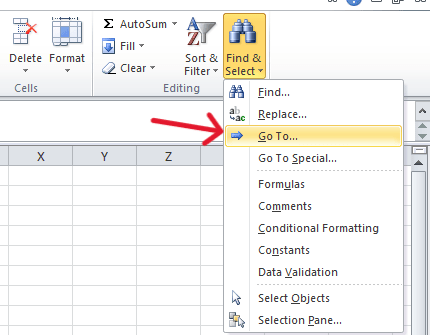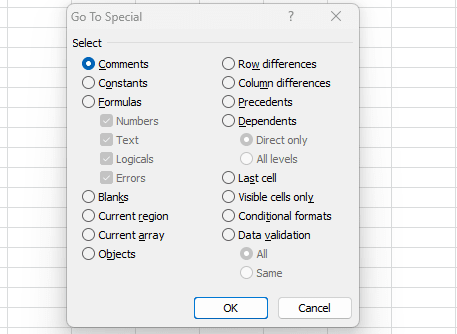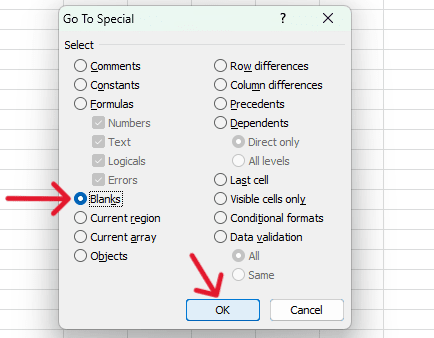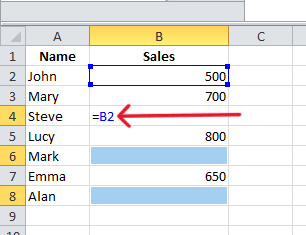How to Fill Blank Cells in Excel (Step-by-Step)
Fast navigation
- Step 1: Select the Entire Data Range//
- Step 2: Press F5 to Open the Go To Dialog Box//
- Step 3: Go To the ‘Special’ Dialog Box//
- Step 4: Select Blank Cells and Click on ‘OK’//
- Step 5: Enter the Desired Value to Fill Blank Cells//
- Step 6: Alternatively, Fill Blank Cells with Formulas//
- Step 7: Review and Adjust Your Data//
- Conclusion
In 7 easy to do steps, our guide will show you how to fill blank cells in Excel.
Managing large datasets becomes easier with the right techniques to quickly and efficiently fill blank cells.
So let’s dive in and fill in the blanks in Excel!
Steps:
- Select the Data Range
- Open the Go To Dialog Box
- Access the Go To Special Dialog Box
- Select Blank Cells
- Enter the Desired Value
- Fill Blank Cells with Formulas
- Review and Adjust Your Data
Step 1: Select the Entire Data Range
First, identify the data range that contains blank cells. Click and drag your mouse to highlight the entire range. Ensure all cells, including blanks, are selected.

Step 5: Enter the Desired Value to Fill Blank Cells
Once the blank cells are selected, you can enter the value you want to fill the blank cells with. For example, if you want to enter "Not Available", type it in the active cell (highlighted in white).

And hold down the Ctrl key while pressing Enter. This will fill all selected blank cells with the entered value.
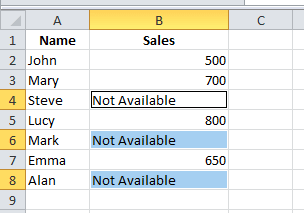
Step 6: Alternatively, Fill Blank Cells with Formulas
Step 7: Review and Adjust Your Data
After filling the blank cells, review your data to ensure accuracy. Make any necessary adjustments to ensure the dataset meets your requirements.

And that’s it! That’s how you fill blank cells in Excel.
Finished!
Conclusion
Filling blank cells in Excel is a straightforward process when using the Go To Special feature.
By following these steps, you can efficiently manage your data and maintain consistency across your datasets.

